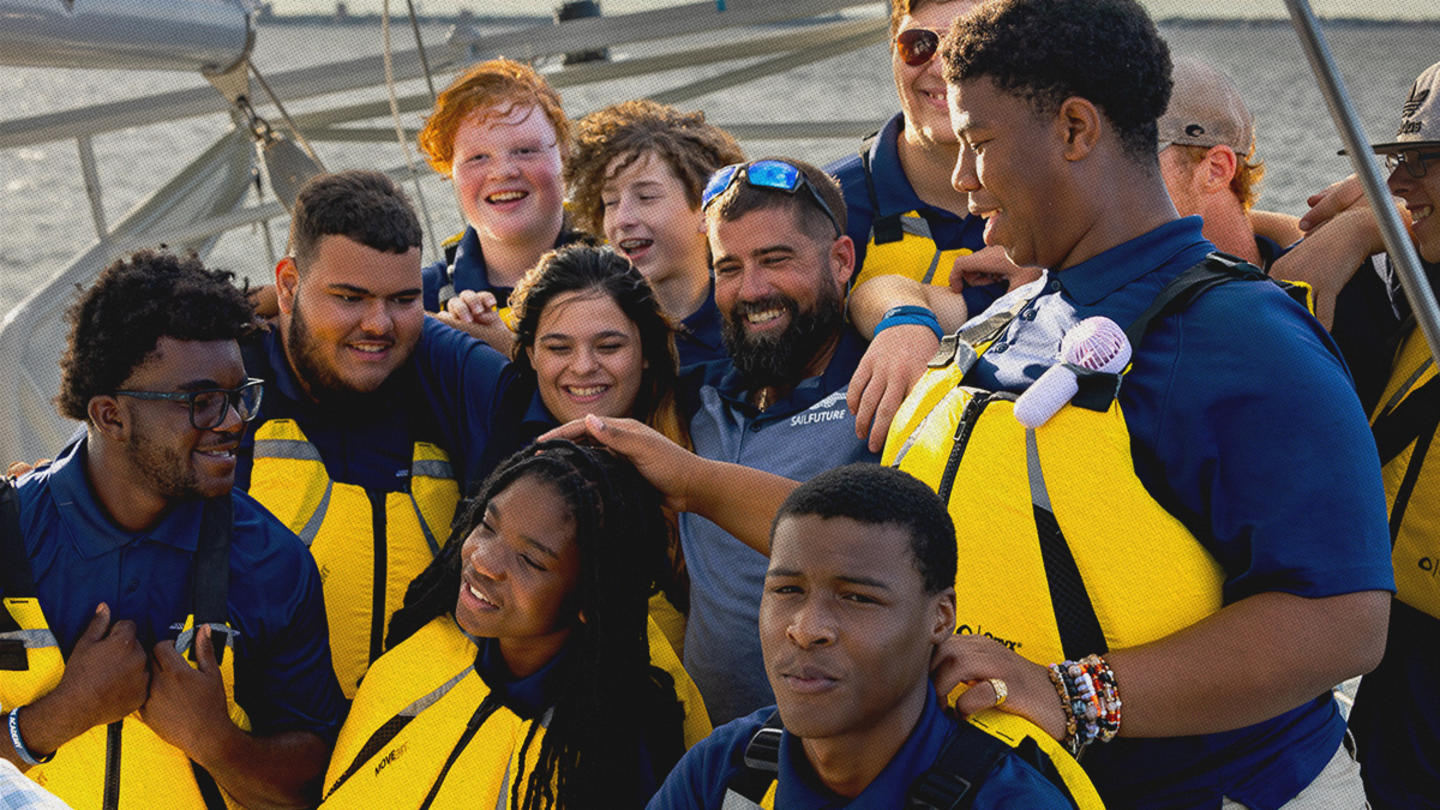Growing up in St. Petersburg, Florida, Tony Monceaux felt left behind in school. He was an engaged student until high school when he suddenly felt the inflexible curriculum did not allow him to take classes he found interesting.
Monceaux, like many teenagers, bubbled with potential but lacked the guidance and inspiration to tap into his natural gifts. No one, for example, noticed he had the qualities to lead a classroom, or a crew.
“It felt like nobody was listening to me,” Monceaux said. “Nobody cared what I was good at. They just said, ‘take the classes you're supposed to take.’”
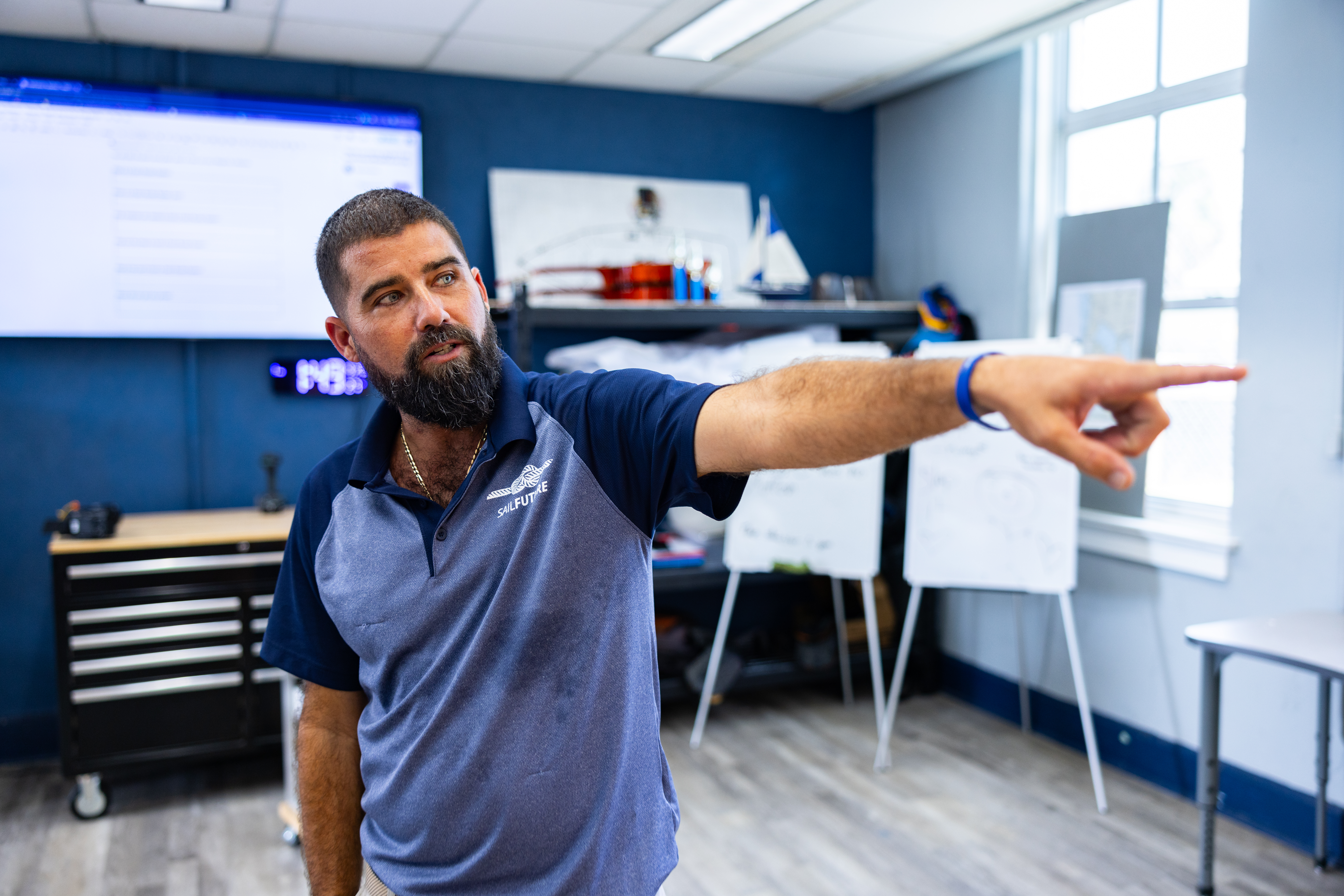
Now Monceaux is a teacher at SailFuture, the innovative school in his hometown, where he helps some of Florida’s “hardest to reach” students — those forgotten by the same school system he grew up in — get the opportunities he did not. And he gets to do it all in a classroom he loves: the Gulf of Mexico, where he helps kids learn through sailing.
“What drew me to this work was speaking with the young men who had a very life-changing experience because of what they learned on the water,” said Monceaux, who is known around SailFuture as “Captain Tony.”
Hands-on, individualized learning experiences like that are what sets SailFuture apart. The innovative school believes students are capable of much more than traditional schools allow them to be. So, it does everything it can to shape a curriculum in which students can embrace their skills and interests. This approach motivates students to learn, rather than forcing them into a one-size-fits-all system that often stamps out individuality.
It shows what is possible when we create education alternatives that focus on our shared goal of helping students live fulfilling lives once they are out of school, not trying to reach goals set out by school systems. This approach helps students and instructors like Monceaux, who relish the satisfaction of applying their gifts to help students develop theirs.
SailFuture helps students who might otherwise be left behind
SailFuture’s red-brick building is nestled in the city’s southeast, just three miles from Tampa Bay, an entry point to the Gulf. The blue sign in front displays in big white letters the school’s exact coordinates, a nod to inventive ways SailFuture works the ocean into education. (As part of one of its more exciting lessons, students must collaborate and problem-solve, with teachers, to sail a 100-foot sailing vessel from port to port in the Caribbean.)
The classroom is just about the last place you would expect to find SailFuture’s Founder and Executive Director Michael Long. Long grew up with some family challenges and was in and out of the juvenile justice system as an early teen. But he managed to shift his course as a young man, ultimately graduating from college as student body president.
While others may have wanted to leave those choppy waters firmly in the past, Long aimed to use his experience to help others who felt left behind.
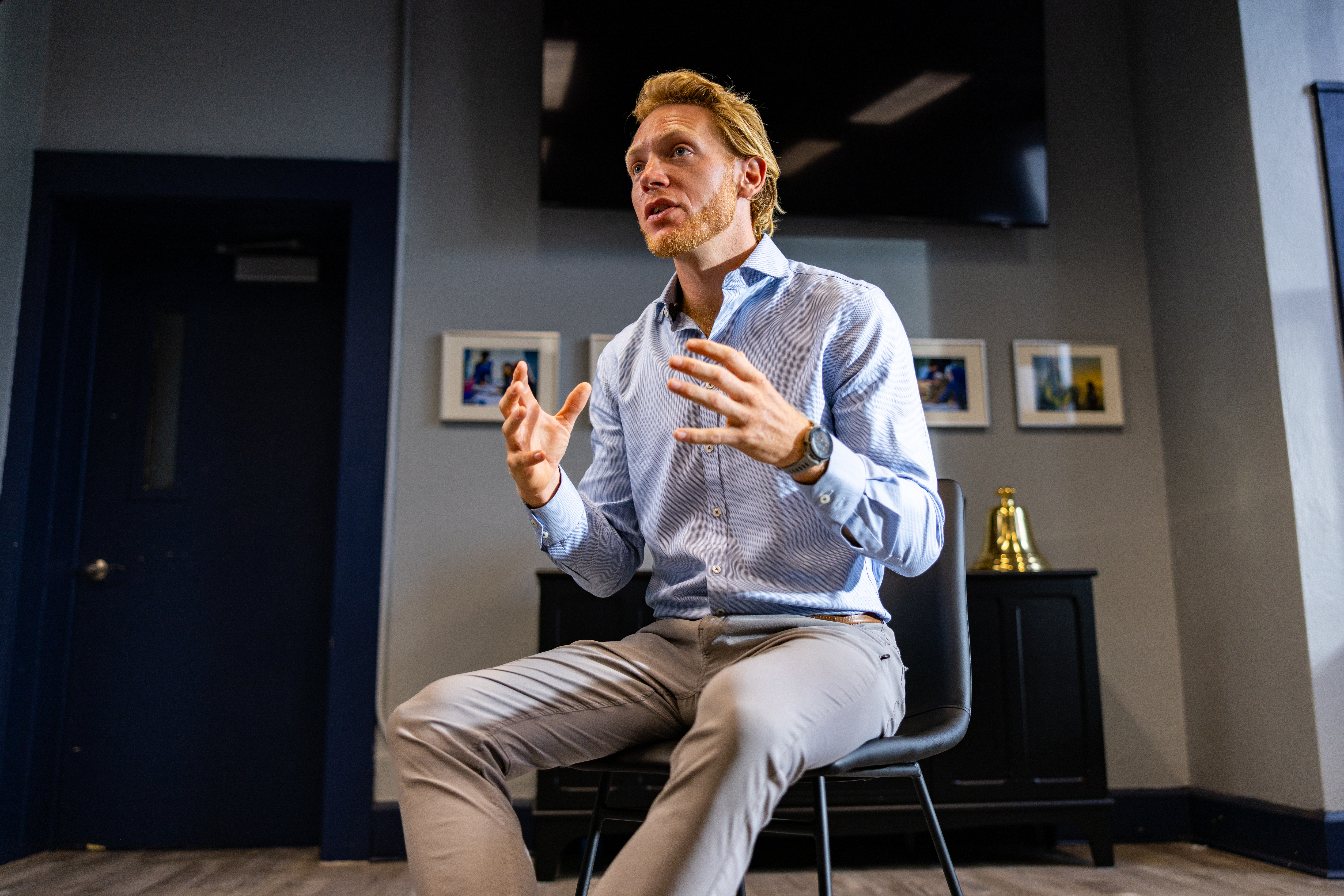
In St. Petersburg, there was plenty of need for this vision. The average family income for the 60 students at SailFuture is $22,000, less than one-third the national average. According to a March 2024 National Center for Health Statistics report, children with family incomes of less than 200% of the federal poverty level were more likely to have experienced chronic school absenteeism. One hundred percent of SailFuture students receive financial aid.
SailFuture initially launched in 2013 as an organization working with juvenile offenders, offering sailing as an alternative to incarceration. One of those trips involved taking 10 young men on a sailing expedition off the coast of Spain. A year out from the experience, six of the 10 had not returned to a life of crime.
While observers were excited about that success rate, Long was obsessed with the four whose lives were not changed. So, in addition to sailing, he built a curriculum, residential facilities, and even a construction company that are now part of SailFuture, giving students a pipeline toward success and helping them discover their own sense of purpose.
As Long has explained, SailFuture helps the country’s “hardest to reach” students — those in foster care, those who might already have a criminal record, or those whose parents are struggling with addiction or poverty. By homing in on the individual needs of students and building a curriculum and programs that respond to those needs, SailFuture sets students on a path where they can discover their unique interests and purpose and build skills to act on that knowledge.
Sign up for Stand Together's K-12 newsletter and get stories, ideas, and advice from changemakers who are transforming education across the country.
A model focused on recognizing students as individuals
SailFuture offers students like LaMaya Fullwood the type of opportunities Long and Monceaux did not have.
Fullwood says when she arrived at SailFuture she simply “didn’t care.” She had fallen behind in her public school and when she went to her teachers for help, they “basically shrugged.” Her principal suggested she repeat a year. Instead, Fullwood dropped out.
She was in the ninth grade.
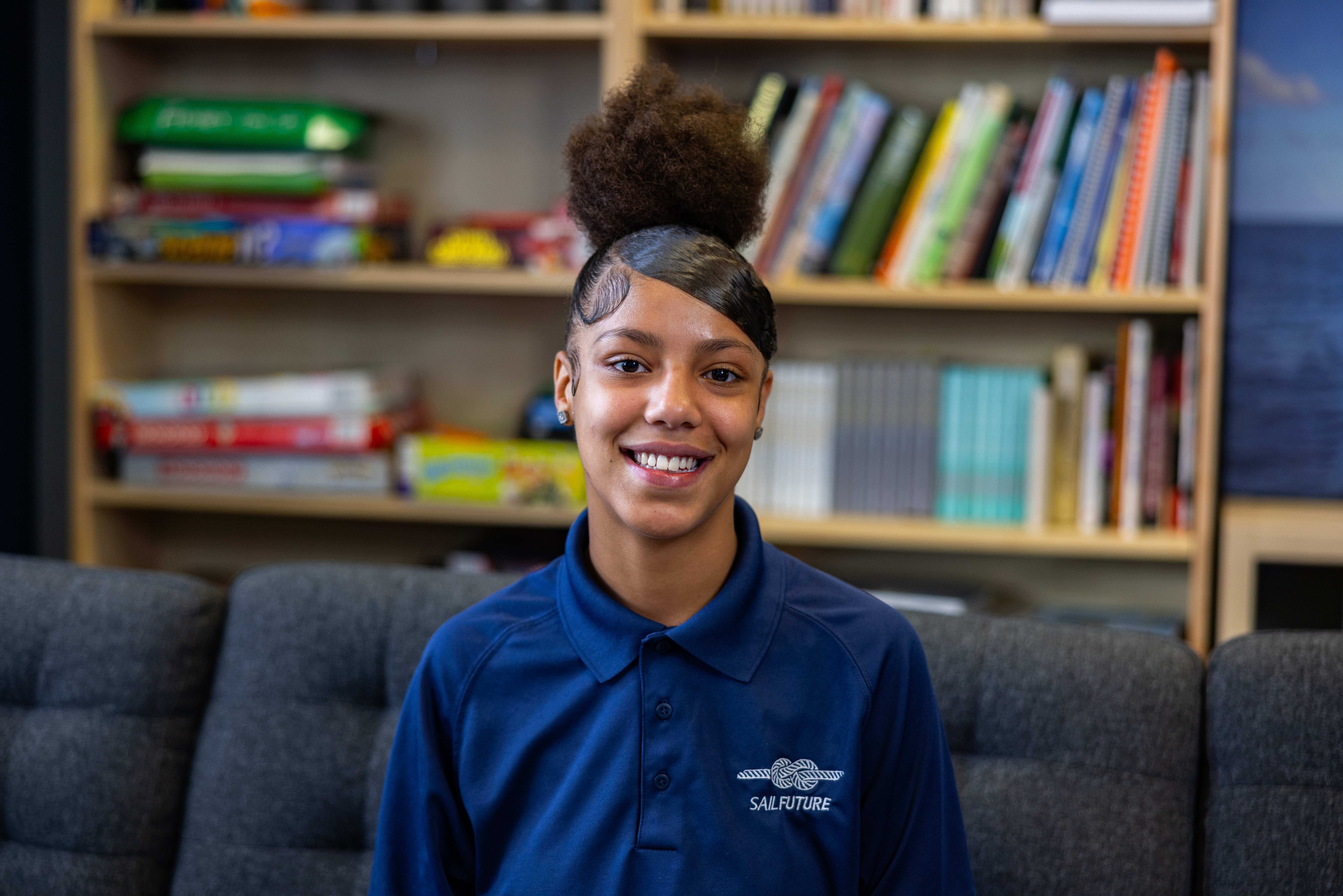
Eventually, Fullwood found SailFuture where students follow a year-round academic calendar and receive STEM and humanities instruction. In the 11th and 12th grades, students complete an internship or apprenticeship. She credits this experience with igniting her desire to become a surgeon.
“The relationships I have with the adults here are different because in traditional schools they don’t really take the time to sit and talk to you,” Fullwood said. “If you don’t understand or get it, then you just have to get sent out of class, and that can lead to more problems.”
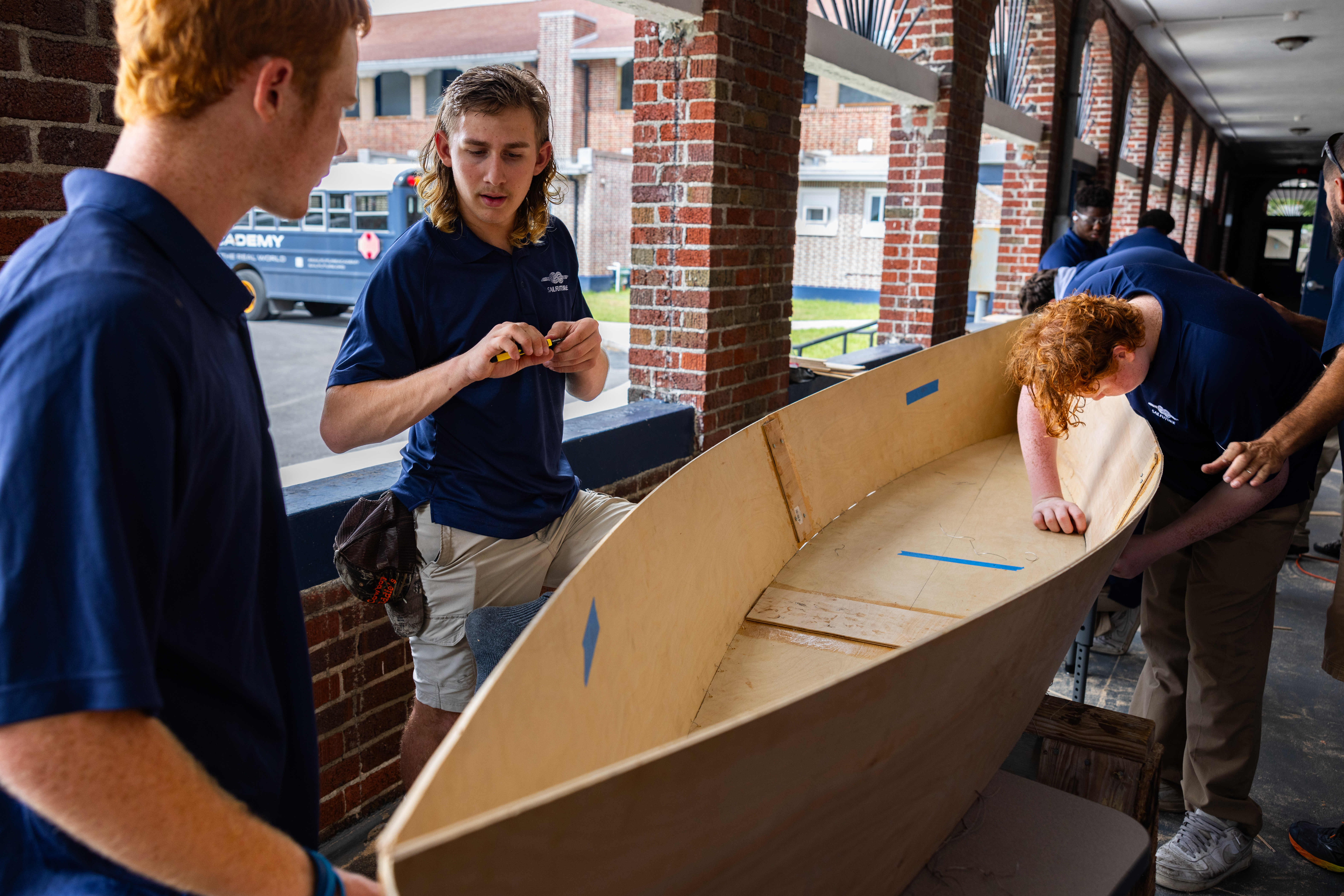
Alexander Delarosa said he has found a similar sense of purpose while at SailFuture — and he credits his teachers for his development.
“The teachers at my old public school were completely different. They weren’t focused on what you wanted to do. They weren’t focused on what interests you had,” Delarosa said. “But when I came to SailFuture, they’re more personal. They care about the interest you have and build the curriculum around you.”
Alexander currently works in a restaurant and has taken entrepreneurship classes through SailFuture. He hopes to someday open his own business.
“We’re fortunate to be able to have a project-based curriculum. It allows for us to have kids with their hands on different things, engaging in something that’s not just a textbook,” Monceaux said.
Through experiential learning, Monceaux’s students learn math and even meteorology. They also learn essential life skills like how to communicate.
“I want my students to get out of high school and be able to stand on their own two feet and know what it’s like to support yourself and be a happy functional citizen,” Monceaux said. “Being able to talk to all of those aspects of life with our different curriculum really puts a student on a much better footing than I was on coming out of high school.”
Monceaux is not the only adult who has found a deep sense of purpose by joining SailFuture.
For students and adults, SailFuture plots a path toward purpose
Across the United States, students and teachers are frustrated. Stuck in a system where mandates about curriculum and time in the classroom come from the top down — from nameless, faceless bureaucrats who often do not engage with actual students or teachers — both children and adults are fleeing.
Take, for example, the fact that more than one-quarter of students do not regularly attend class. Chronic absenteeism, defined as missing at least 10% of school days, surged from 15% of students in 2018 to 28% in 2022. In 2021, the most recent year for which data is available, 8% of public school teachers, or about 304,000 individuals, left the profession. While no system should be judged by two data points, it is clear from these numbers that, for too many people, education in America is not working. The top-down system has left both children and adults so uninspired that even the mere act of showing up is not worth it.
Not so at SailFuture.
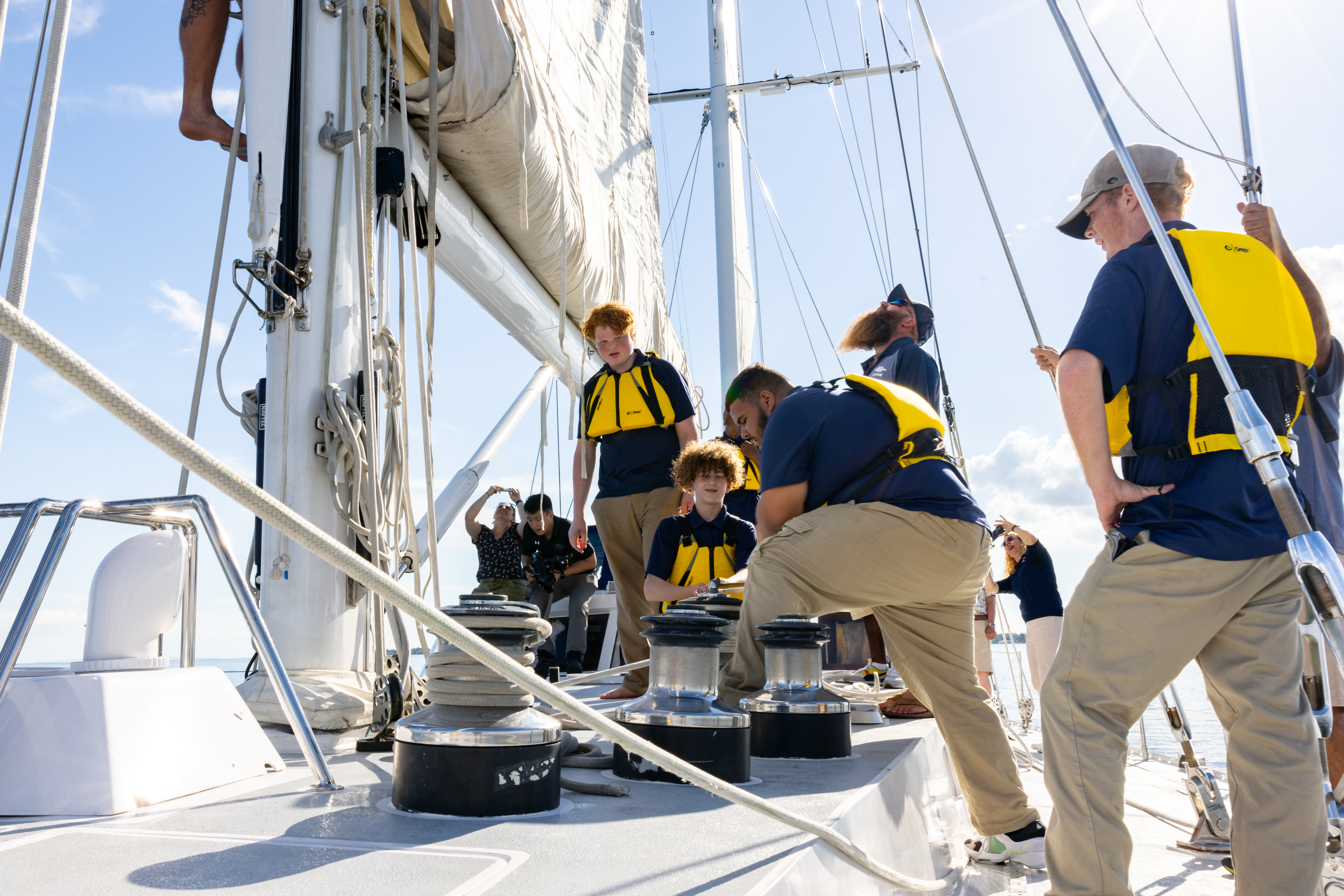
Cedar had several jobs — bartender, journalist, small business owner — before he became a SailFuture instructor. He felt like he was making an impact, especially as a reporter, but still longed for more. After hearing about SailFuture, he decided to give teaching a try.
And found his calling.
“One day here and I feel like I've made more of an impact than I did in my whole journalism career,” Cedar said. “The thing about working with kids in this demographic, and at this capacity, is they end up teaching you just as much about yourself as you think you’re teaching them. If you're someone who has always wanted to make an impact as a humanitarian, and you feel like you haven’t found the opportunity to be able to do that, this is it.”
The story is similar for SailFuture counselor Christina Blanchard. In previous roles, she did not feel like she had the flexibility she needed to meet the unique needs of each child.
“Though it may be more difficult to engage with the population here, it’s also more rewarding when you are able to make that little bit of a difference, when you are able to teach them a skill that they continually use — to the point where they start feeling proud of themselves for using it,” she said.
Residential Program Director Diedrea Doyley agreed.
“People are more than what’s written on paper about them,” Doyley said. “We get these documents or educational records and people think that’s a sum of who someone is. It’s not. There's much more going on behind the story.”
Doyley acknowledges that getting a student to move from the “I don’t care” phase Fullwood started in to a place where they are able to envision a better life is difficult. But the payoff is worth it.
“You're going to be challenged. You're going to be frustrated,” Doyley said. “But you’re also going be joyful because that experience is going to help kids change their worldview and perspective about themselves.”
More on SailFuture:
- Learn how four students and instructors found their way at the innovative school
- Discover why there's a movement of families choosing alternatives like SailFuture
- 📽️ Watch SailFuture students and teachers apply hands-on learning on the high seas
***
SailFuture Academy is supported by Stand Together Foundation, which partners with the nation’s most transformative nonprofits to break the cycle of poverty
Learn more about Stand Together’s education efforts and explore ways you can partner with us.
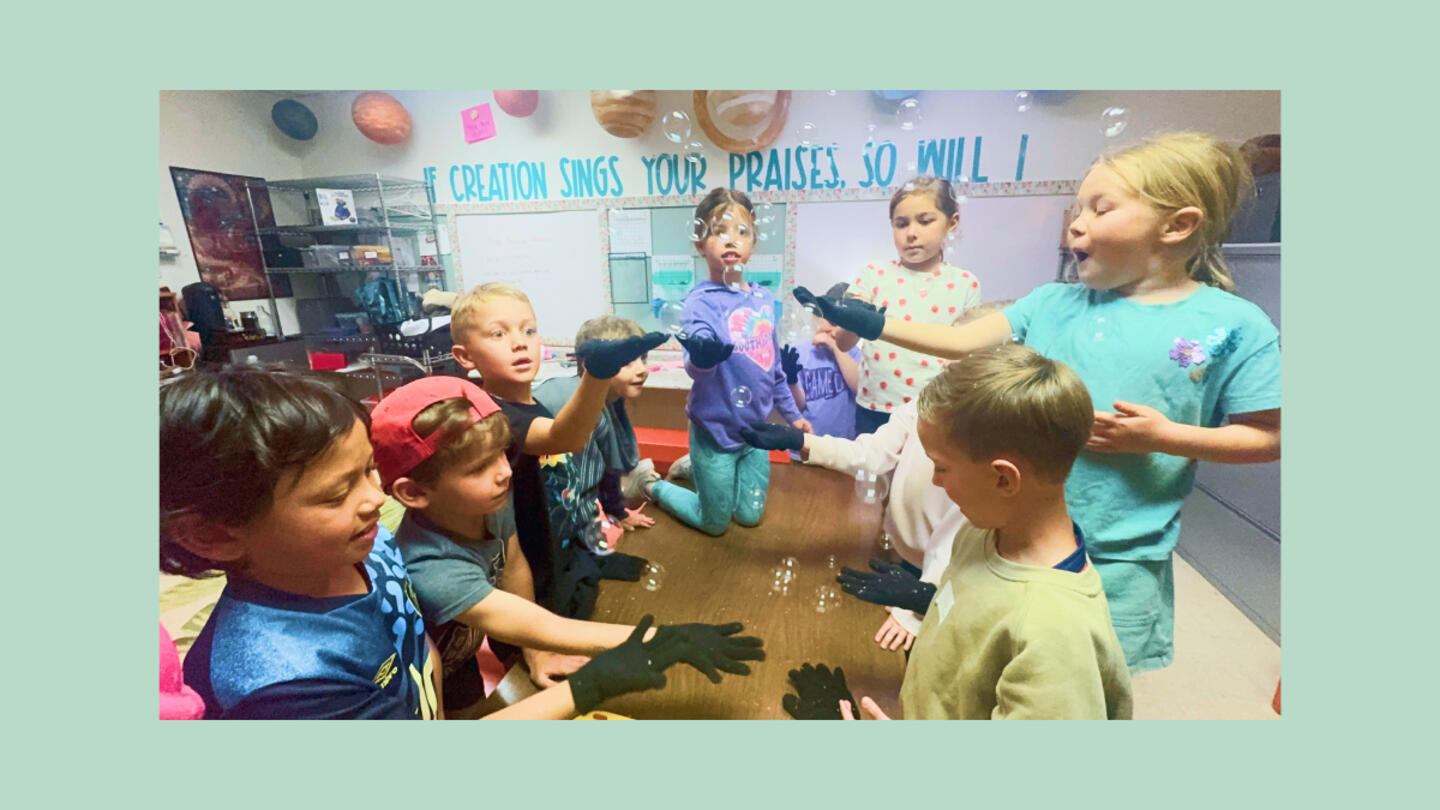
New Johns Hopkins data shows homeschooling’s recent surge has transformed the education landscape.
Step 1: Find the best learning environment for your child. Step 2? Figure out how to pay for it.
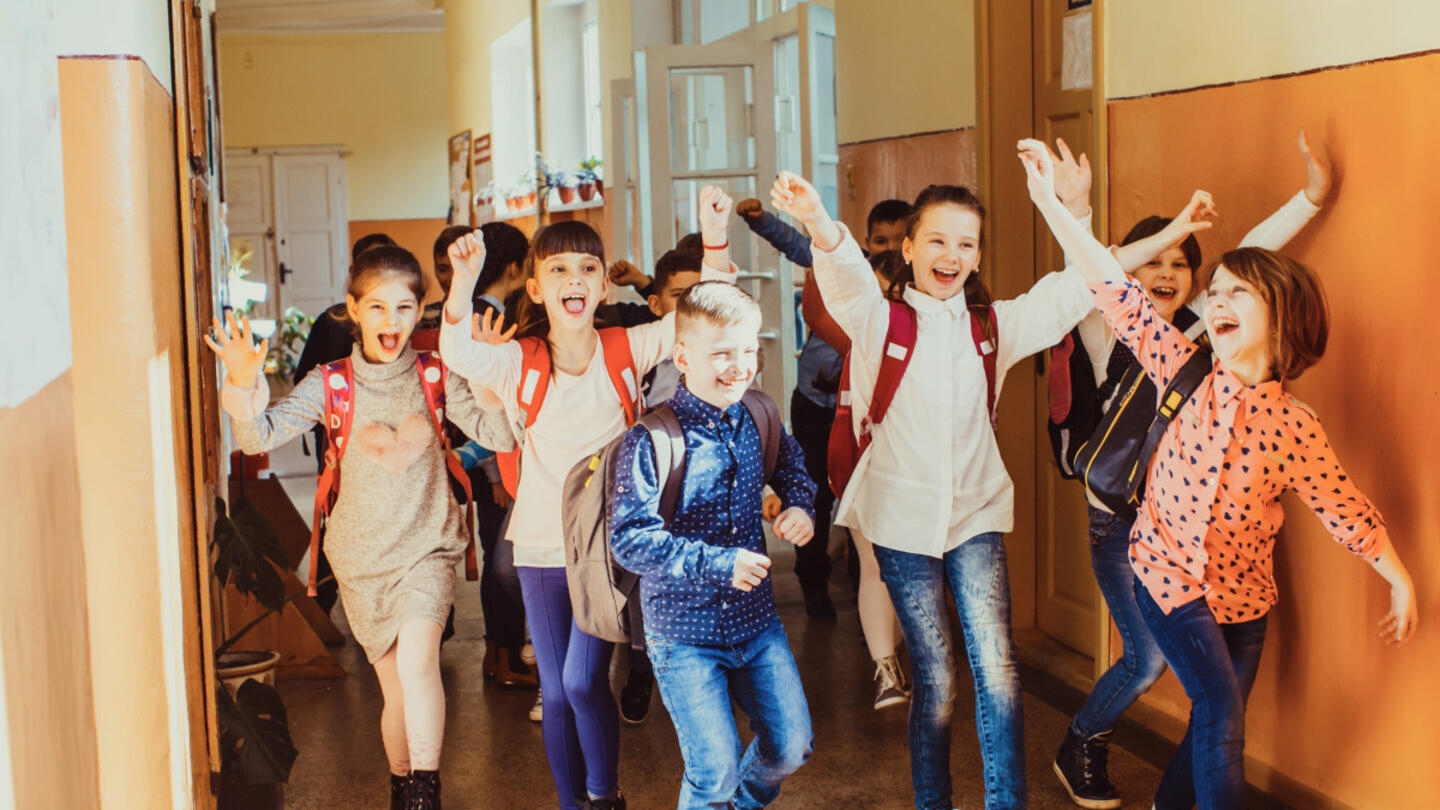
Here’s what happens when AI replaces teachers.
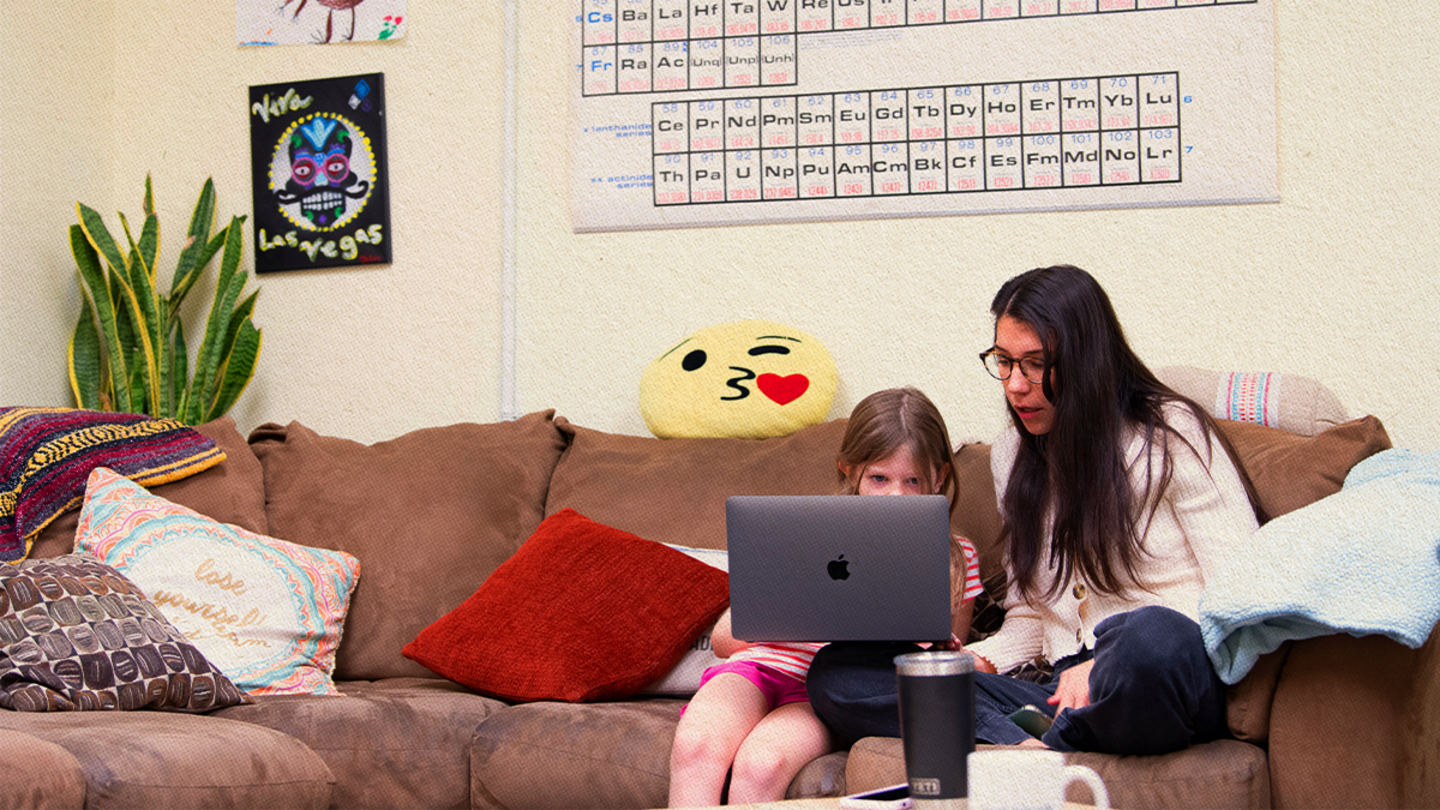
Four suggestions for policymakers and education influencers wanting better choices for families.
